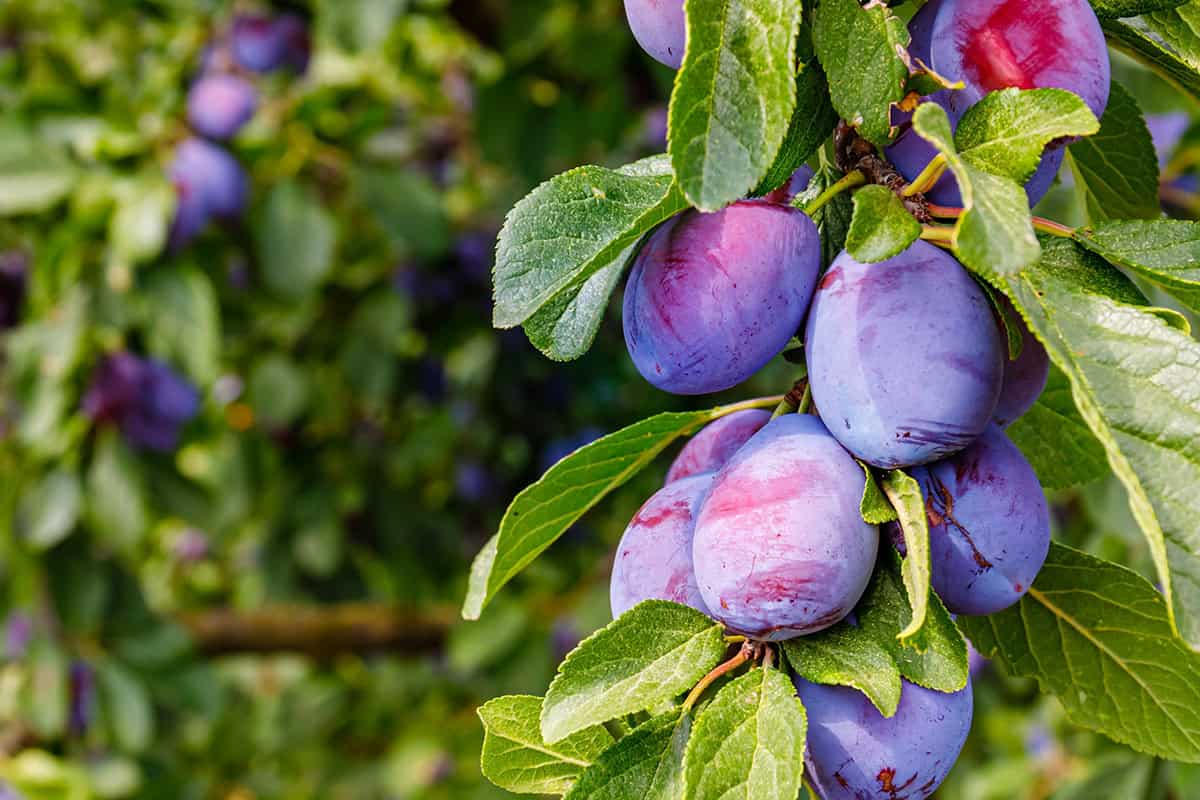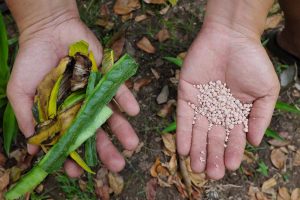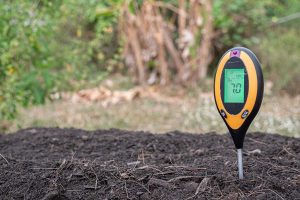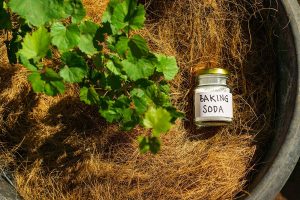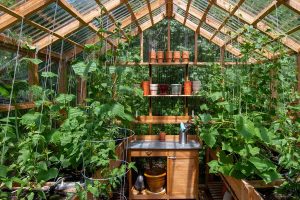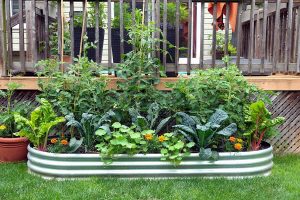Whether you want plums for eating fresh, making jam, or baking pies, growing your own tree is worth it. Read on to discover how to grow and care for plum trees step by step.
Table of Contents
Light
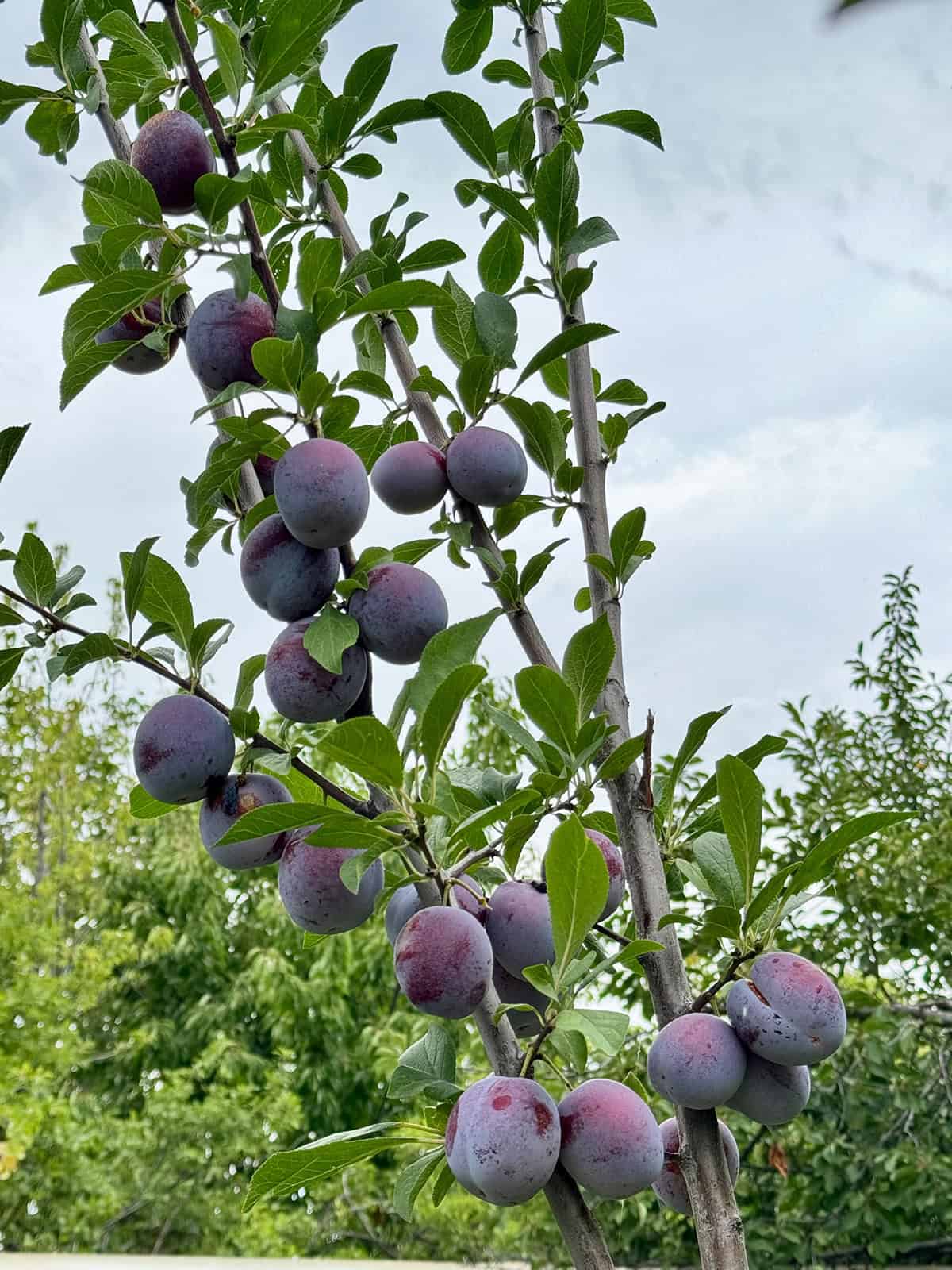
Full sun is what plum trees crave. Look for a spot that gets at least six hours of direct sunlight daily. More sun means stronger growth and more fruit—pretty simple.
Planting in shade? Not a great idea. Shaded trees tend to flower and fruit less. Sunlight also helps keep some diseases at bay.
Watch out for nearby buildings or tall trees that might block light. Early morning sun dries off dew, which helps keep the tree in better shape. Afternoon rays help ripen the fruit and bring out the sweetness.
If you’re in a spot with harsh, baking afternoons, young trees might appreciate a little protection at first. Once they’re mature, though, plum trees handle regular sun just fine and need it to do their thing.
Soil
Plum trees aren’t fans of soggy feet. They do best in soil that drains well and doesn’t pool water around the roots. Heavy clay or compacted ground can stunt growth or cause root troubles. If your soil is stubborn, try a raised bed or a mound to help with drainage.
They like moderately fertile soil with a pH between 6.0 and 7.0—neutral to just a touch acidic. If your ground is too alkaline or heavy, work in plenty of organic matter before planting.
Stay away from spots that get waterlogged after rain or low areas where cold air settles. Those spots can spell trouble for roots and increase the risk of late frosts nipping the blooms.
A quick test: dig a little hole and fill it with water. If it’s still sitting there after a few hours, you’ll want to improve the drainage. Compost or well-rotted manure does wonders for breaking up tough soil.
Give your plum trees enough space so air can move around them. That helps the soil dry out between waterings or rain, which keeps disease risk down. A little planning at the start really pays off.
Water
Watering right is key for strong roots and good fruit. The soil should drain well—no swampy roots, please, or you’re asking for disease.
For the first year, keep things consistently moist. A good soak once a week is usually about right if rain’s scarce. Young trees are sensitive to dry spells.
Once established, mature trees like deep but less frequent watering. Moisture around the roots is especially important while fruit’s developing.
Mulch helps lock in moisture. Lay some organic mulch around the base, but keep it a few inches away from the trunk so you don’t invite rot.
Adjust your watering based on soil and weather. Sandy soils dry out fast; clay holds water longer. Stick your finger in the soil to check—it’s more reliable than guessing.
If the leaves wilt, your tree’s thirsty. If they’re yellowing, you might be overdoing it. Pay attention and adjust as needed.
After you’ve picked the fruit, cut back on watering. Too much water at that point can cause root issues. Only water if things get really dry.
Temperature And Humidity
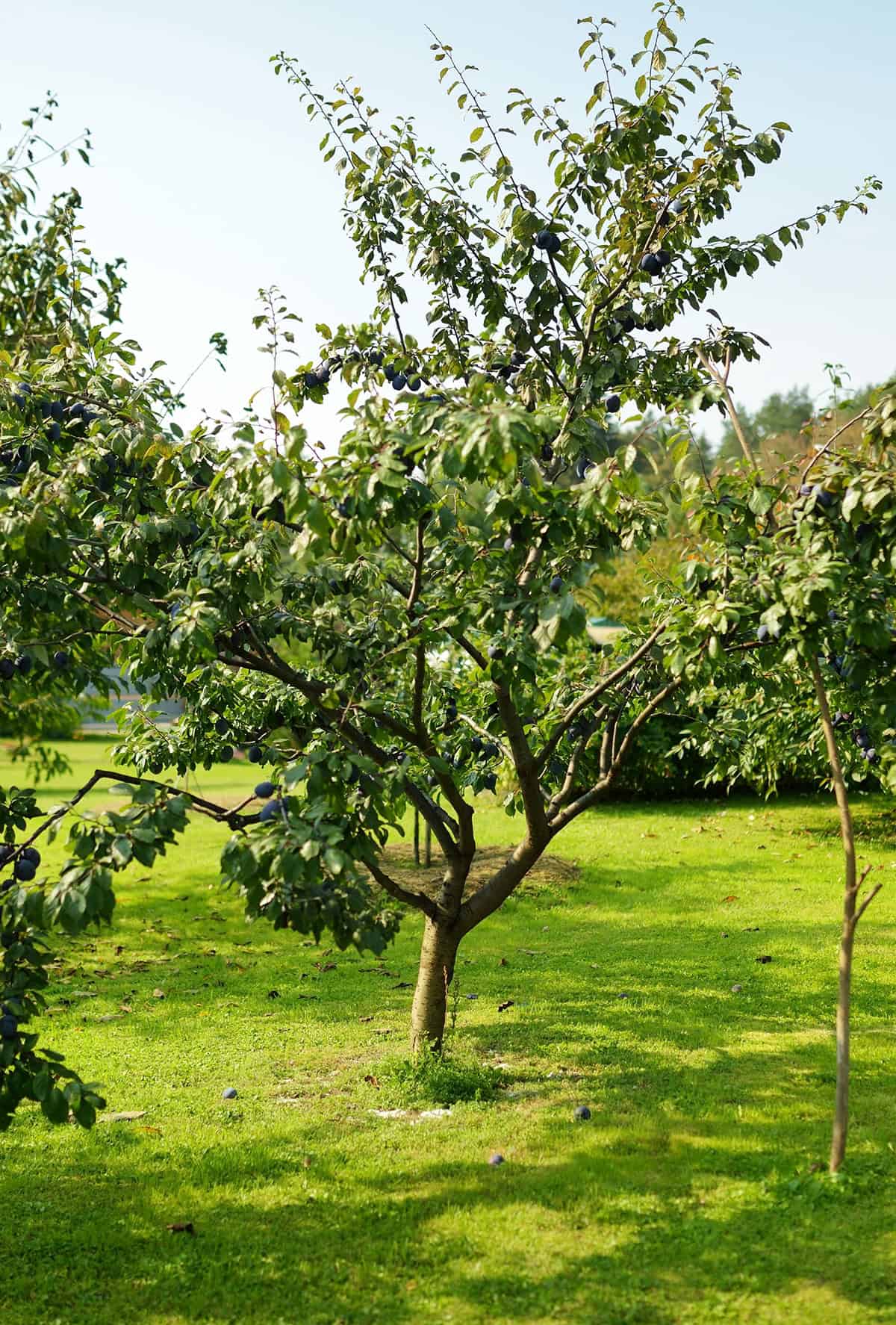
Plum trees like a mix of warmth and chill. Most varieties are happiest when summer temps sit between 68°F and 86°F. Too hot or too cold, and fruit can suffer.
They need a cold spell in winter to break dormancy—the “chilling requirement.” How much cold depends on the type. If your climate has distinct seasons, you’re probably set.
Humidity that lingers can be a pain, leading to fungal problems. If you’re in a humid area, pick disease-resistant varieties and prune for better airflow.
Avoid planting in dips where cold air collects; frost can zap those spring blossoms and kill your harvest. Go for spots with good air movement and sun most of the day.
Hot, dry spells mean you’ll need to water more. Mulch helps keep roots cool and moist, but always make sure the soil drains well so you don’t drown the roots.
Fertilizer
Good nutrition is a must for steady growth and reliable fruit. Fertilizer gives plum trees a boost, especially after harvest or stress from weather swings.
Use a balanced fertilizer—or one with more nitrogen if the tree seems sluggish. Slow-release types are handy for steady feeding. Best time to fertilize? Early spring, just as buds are about to pop.
Young trees don’t need much; spread a small amount around the root zone. For older trees, split the dose: half in spring, the rest after harvest. If your tree is growing like crazy, dial it back or skip a year.
Too much fertilizer can backfire. Watch leaf color and annual shoot growth to decide if you need more or less. Soil testing is the most reliable way to know what you’re missing.
Water after feeding so nutrients reach the roots. Clear out weeds and grass beneath the tree so it doesn’t have to compete. And keep mulch a few inches from the trunk to avoid rot.
Propagation
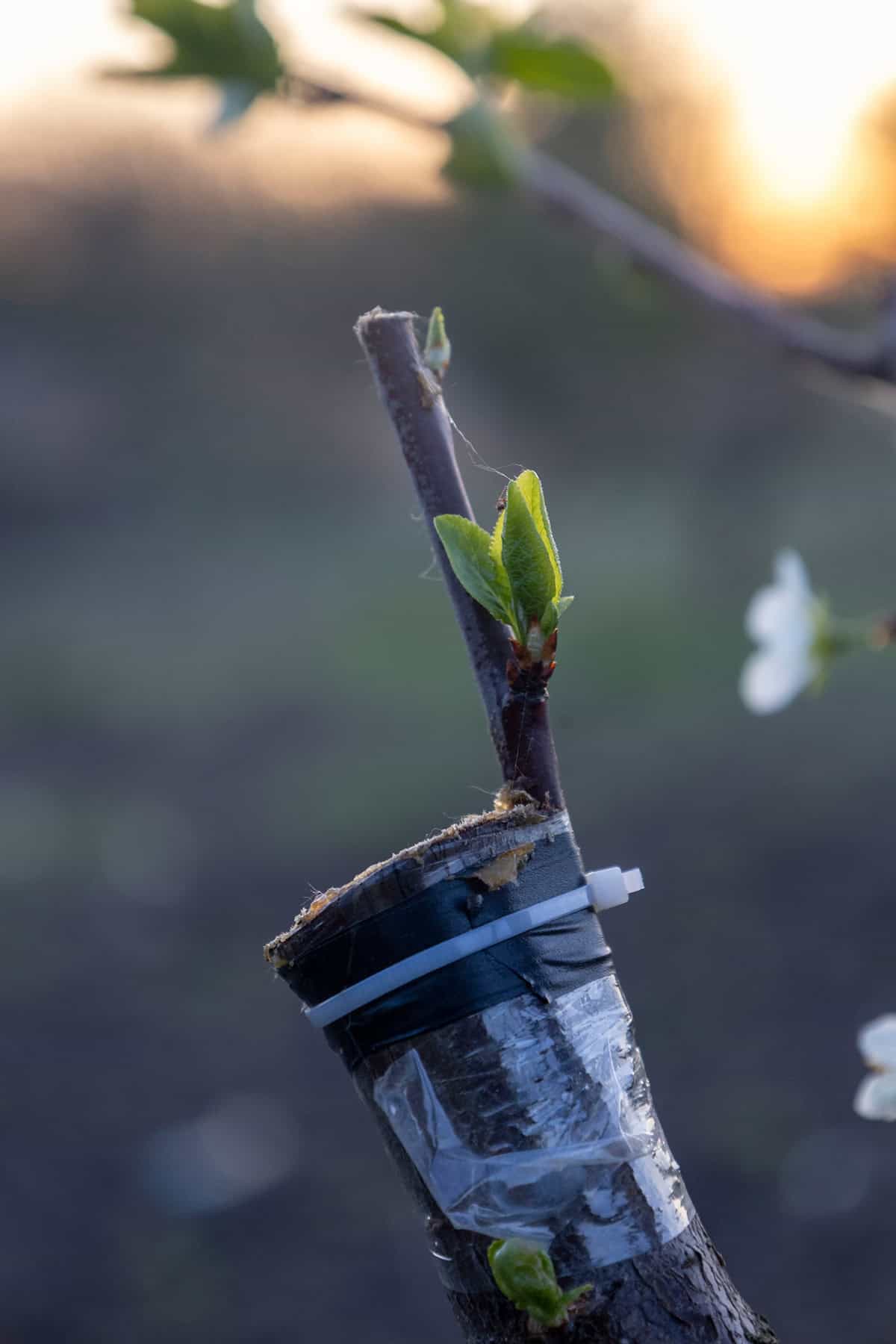
There are a few ways to propagate plum trees, but most folks stick with vegetative methods for reliable results. These give you a tree that’s a true copy of the parent.
Growing from seed? Just know the fruit might not match the parent. That’s usually for rootstock or new breeding projects, and it can take ages to get fruit.
Cuttings or grafting are faster and more predictable. Take stem cuttings in autumn, or try budding and grafting in winter or early spring. These methods are tried and true.
Grafting means joining a bud or wood from your chosen variety onto a compatible rootstock, which can affect disease resistance and tree size. Nurseries often sell young trees that are already grafted.
Pick the method that fits your patience and goals. Each approach has its perks, whether you’re after specific fruit or just want a healthy, reliable tree.
Pruning
Pruning is essential for keeping plum trees healthy and productive. It shapes the tree, removes dead or sick wood, and lets sunlight in.
With young trees, pruning encourages a strong framework. Cut whip shoots back by half to spur new branches. Open up the center so light gets to all parts.
For older trees, thin out some of the oldest spurs—most plums grow on short spurs of two- to three-year-old wood. Less crowding means bigger, better fruit.
Maintain a balanced set of main branches, or scaffolds. Remove branches that cross or droop. Always use sharp, clean tools, and make pruning a yearly habit.
Prune after harvest or while the tree’s dormant. Avoid wet weather to lower disease risk. There are some species differences, but these basics work for most plum trees.
Potting And Repotting
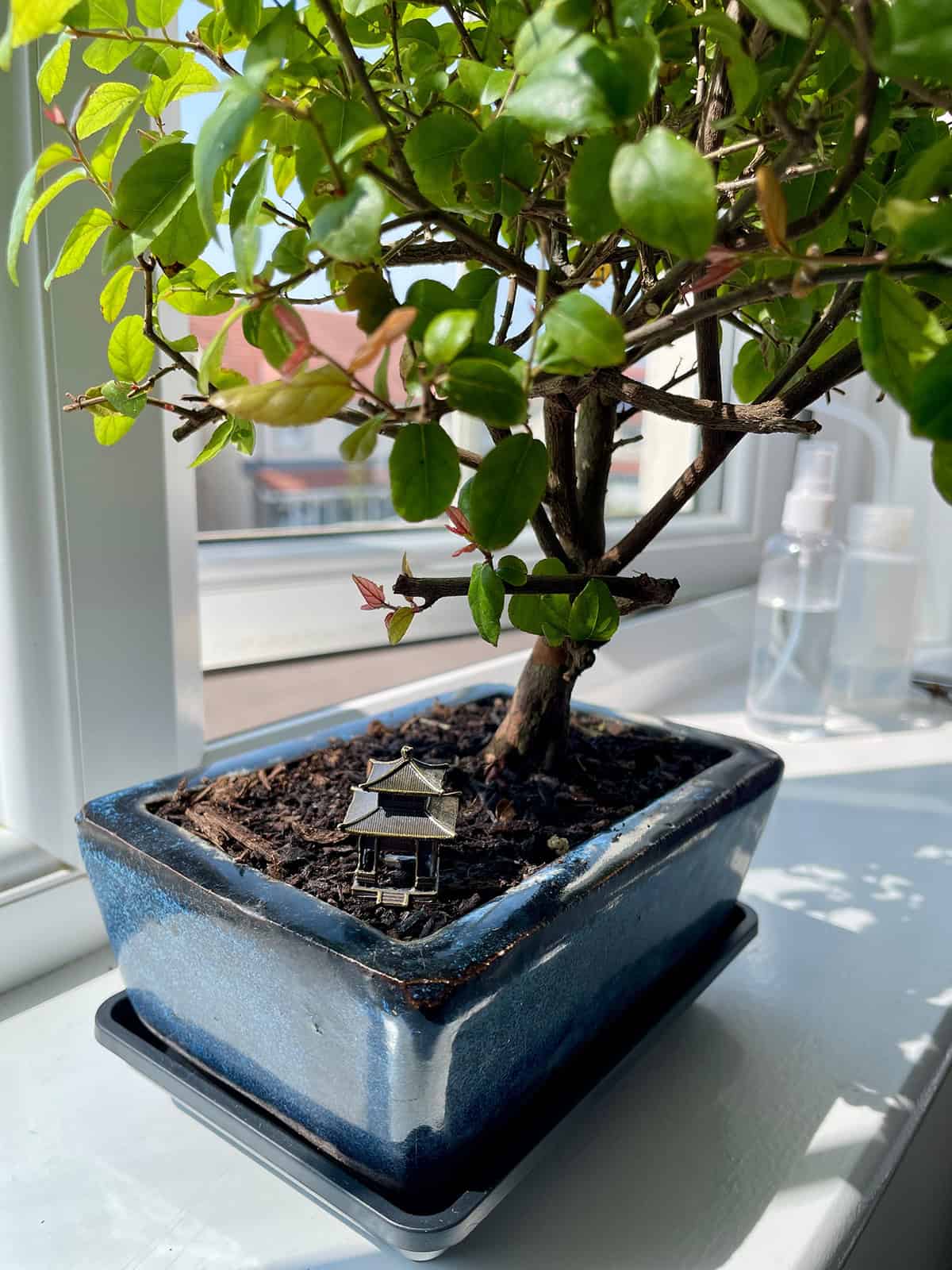
If you’re short on space, plums can be grown in containers. Go for a pot at least 18 inches wide and deep, with drainage holes. Use a quality, well-draining potting mix.
Don’t let roots sit in water. Water deeply, but let the top inch or so dry before watering again. Place the pot where it’ll get plenty of sun.
Repot every two to three years, ideally in late winter or early spring before new growth starts. Gently loosen crowded roots, move the tree to a slightly bigger pot with fresh soil, and water well.
Container trees need more frequent checks for water and fertilizer. Hot weather dries out pots fast. Use a balanced fertilizer during the growing season, following the label.
Staking might be needed to keep the tree upright. Use a sturdy stake and tie loosely to avoid damaging the trunk.
Watch for pests or diseases. Clear away any dropped leaves or fruit to keep things tidy and reduce problems. With a little extra attention, your potted plum will do just fine.
Common Problems & Troubleshooting
If you see curled leaves in spring, aphids are probably to blame. Only treat if half or more of the leaves are curled and you spot live aphids.
Fungal diseases can show up as abnormal growths on fruit or twigs—plum pockets, for example. Remove and destroy infected parts during dry weather to keep it from spreading.
Late frost is another headache, often damaging blossoms and reducing fruit. Planting your tree on higher ground helps keep frost away.
Some varieties show slow growth if they’re short on nitrogen. If new shoots are under 10 inches, try a balanced fertilizer.
Bacterial canker is easy to spot—oozing cankers or dying branches. Prune out affected wood and avoid injuring the tree. Water at the base to keep disease from splashing up.
Staying on top of pruning, drainage, and general care will keep most issues in check.
Plant Varieties
Plum trees come in a range of types, each with its own quirks—fruit color, taste, ripening time, and how well they handle your local climate. Picking the right one can make all the difference.
Santa Rosa
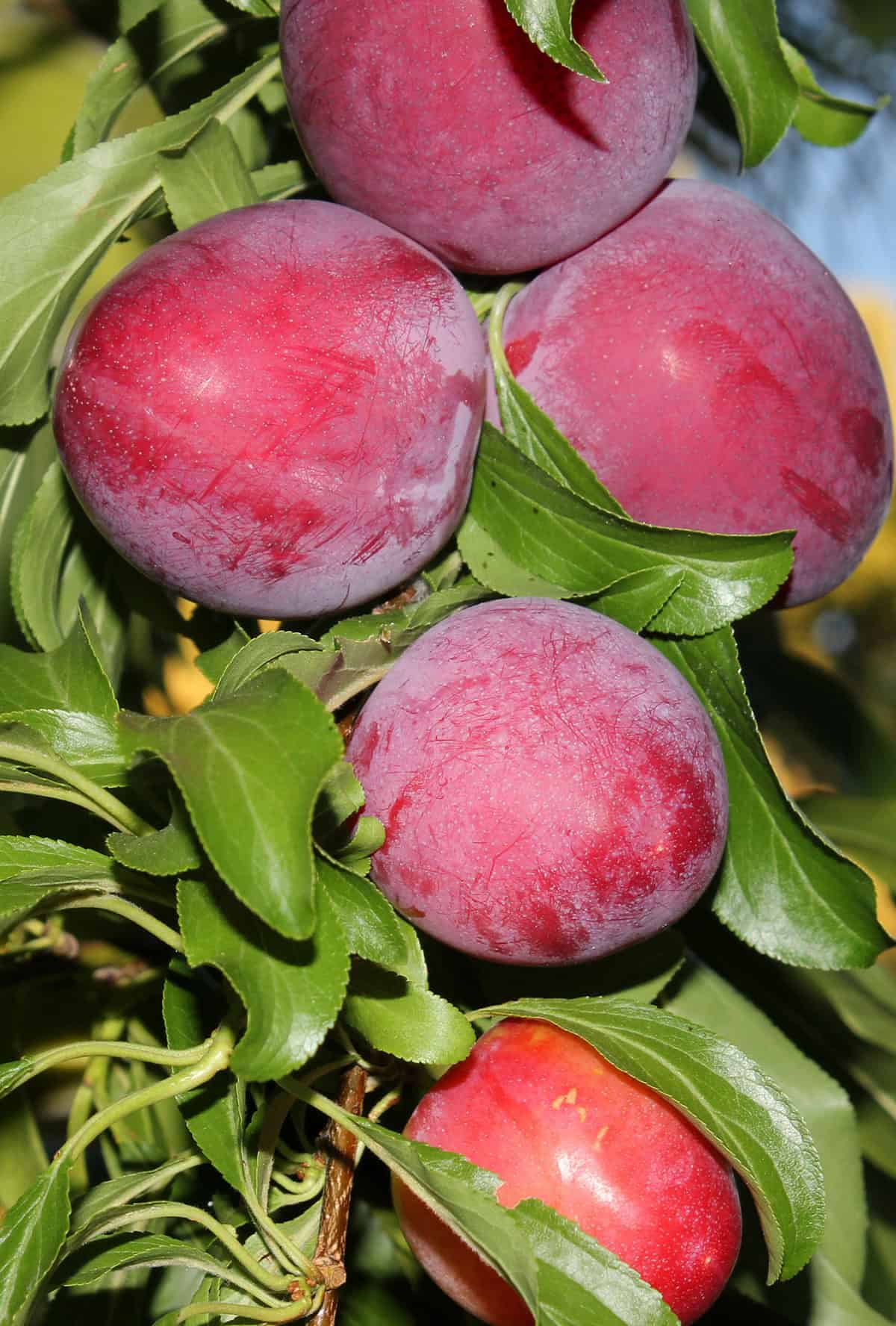
If you’re after juicy, sweet plums with a bit of tartness, Santa Rosa’s a classic. The fruit has reddish-purple skin and amber, aromatic flesh. Bred in California, this variety does well in USDA Zones 5 to 9.
Santa Rosa usually gives heavy crops. Prune to keep air moving and sunlight hitting all parts. One tree is enough for pollination, but you’ll get bigger harvests if you plant it with other Japanese types. Fruit ripens mid-season, usually July.
Disease resistance is average, so keep an eye out for common pests. Santa Rosa is great for fresh eating, baking, or preserves.
Satsuma
Satsuma plums are deep red inside and out, with a flavor that’s rich and more tart than Santa Rosa—perfect for jam or cooking. The fruit is medium-sized and holds up well in recipes.
You’ll need another Japanese plum nearby for pollination. Satsuma blooms early but often manages to avoid late frosts by flowering a bit later than some. Full sun and well-drained soil are best.
Yields stay consistent if you water during dry spells. Fruit matures in midsummer. Satsuma can handle moderate cold but prefers milder winters.
Shiro
Looking for yellow plums? Shiro is a solid pick. The fruit is round, medium-sized, and has translucent yellow skin and flesh. Sweet, mild, and juicy—hard to go wrong.
Pair Shiro with another Japanese-type plum for cross-pollination. It blooms early and ripens by late June or early July, sometimes sooner in warm spots. Shiro is reliable and can pump out big crops most years.
Give Shiro room to spread and prune to keep the structure open. It resists most diseases, though brown rot can be an issue in especially humid regions.
Methley
If you’re hoping for an early harvest, Methley is a go-to for sweet, dark red plums. The trees stay pretty compact, which is great if you don’t have a ton of space. The fruit’s got red-purple skin and juicy, almost crimson flesh—hard to resist fresh off the tree.
While Methley can pollinate itself, it honestly does even better if you can squeeze in another plum nearby. You’ll usually see a good crop by mid-June. Just make sure the spot drains well and gets plenty of sun—at least six hours is ideal.
It’s a tough variety, not easily bothered by disease or pests. These plums are just as good for eating out of hand as they are in jams or desserts. Watch for those early blossoms, though; a late frost can catch you off guard.
Stanley
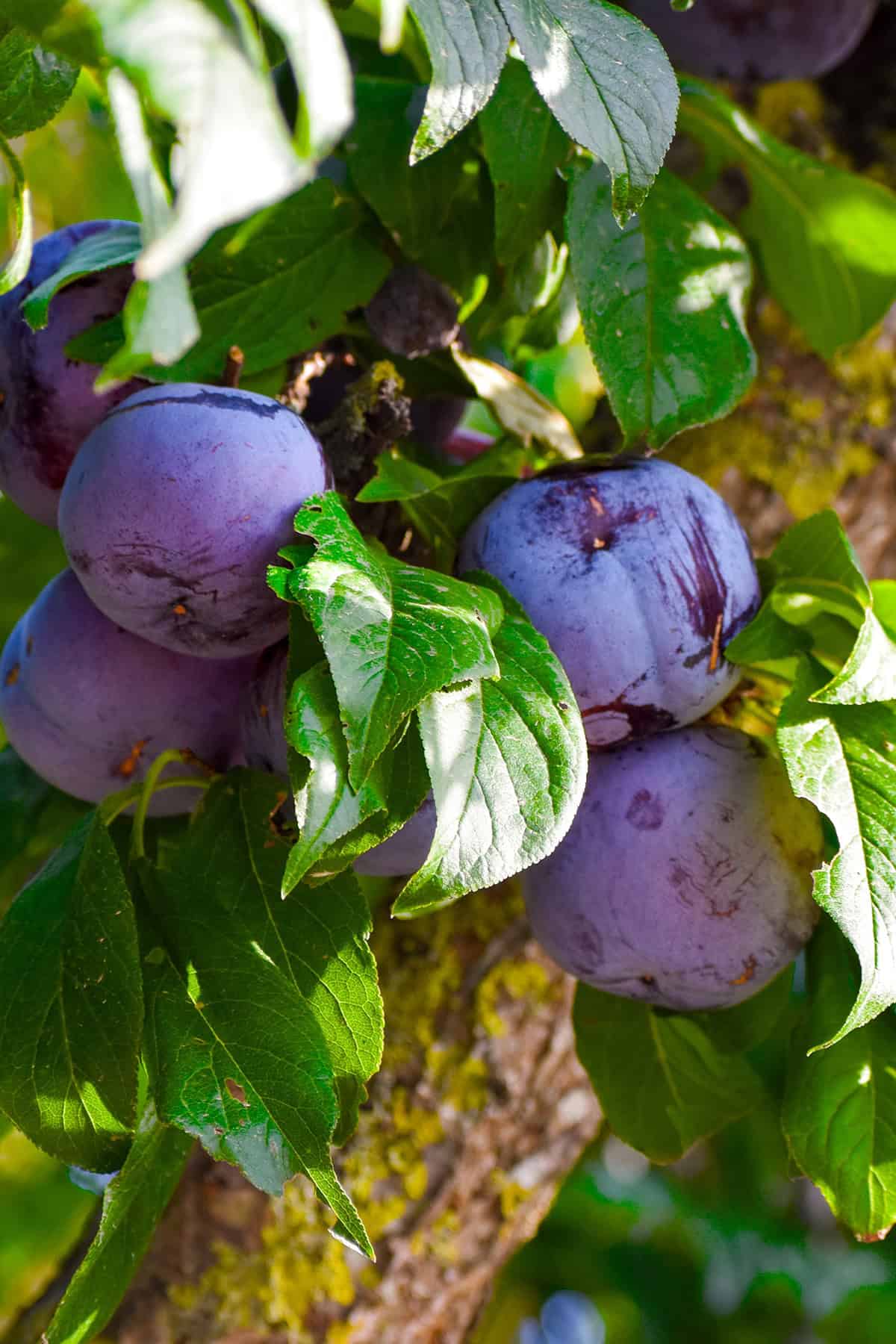
If you lean toward blue European plums, Stanley is everywhere for a reason. The fruit’s medium to large, kind of oval, with dark blue skin and yellow-green flesh. It’s sweet but has a bit of tang, which I like.
Stanley doesn’t need a partner for pollination, so one tree is plenty. The fruit ripens late—think August, though that depends on your climate. It handles cold winters surprisingly well and fits into a bunch of different USDA zones.
Pruning helps keep its shape and lets in light. You don’t have to worry much about black knot, but aphids can show up. People love Stanley for canning or drying into prunes, and honestly, it’s easy to see why.
Green Gage
Green Gage is for those who want that old-fashioned, heirloom flavor. The plums are small, firm, and stubbornly green even when ripe, with a sweet, almost floral flesh that’s hard to describe but easy to love.
This one needs a different European plum nearby for pollination. It likes careful pruning and well-drained soil. Expect fruit late in the summer—sometimes you’ll wait a bit longer than you’d like.
Keep an eye out for diseases like bacterial canker or brown rot. When the fruit finally comes in, it’s perfect for desserts, preserves, or just eating as-is. Patience is part of the deal here; some years you’ll wonder if it’s worth it, but the first real harvest usually convinces you.
Damson
Damson plums are easy to spot—small, oval, with that deep purple skin. The flesh is yellow-green and pretty tart, so most folks use them for jams, preserves, or even liqueurs rather than fresh eating.
The trees are tough and don’t fuss much about soil or cold. They’re self-fertile, and you’ll usually be picking in early fall. Damson shrugs off most pests and diseases, which makes things simpler.
Pruning isn’t a big deal here; just open up the canopy a bit and let it go. Damson fits right into wild or mixed plantings, so if you’ve got a hedgerow or a less formal orchard, it’ll blend right in.
Toka
Toka plums, nicknamed “Bubblegum plum” because of their oddly sweet aroma, are a cross between American and Japanese plum species. The fruits are medium-sized, with a reddish skin and amber-colored flesh that stands out on a plate.
For these trees to really produce, they’ll need another Japanese-type or hybrid plum nearby as a pollen partner. Toka trees shrug off cold winters and aren’t picky about soil. Their blossoms show up late in the season, which is handy for dodging frost.
Fruit usually ripens sometime in mid to late summer. The trees themselves stay fairly compact, but they put out plenty of growth and have a nice spreading shape. Most people go for Toka plums fresh, or toss them into preserves—the flavor’s hard to forget.
